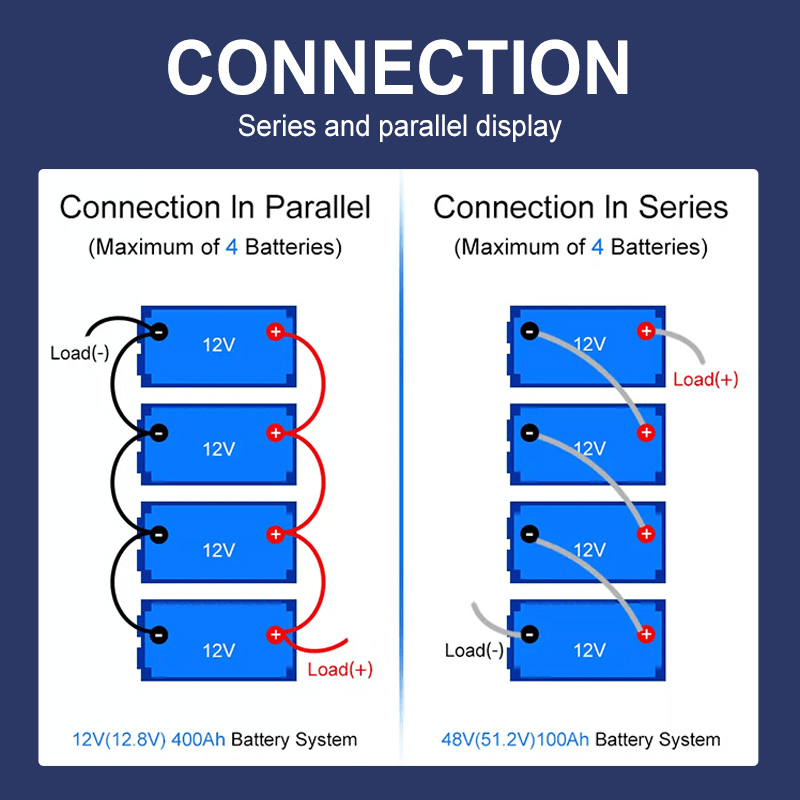More practical than a AGM lead battery for me. Much lighter (30 lbs). Can be discharged 100 % , compared to 50% on an Lead acid - so really equivalent to 200Amp-Hr (and then only 1/4 weight!).
The vendor delivered the product sooner than expected and in great condition. Will use the battery to power a 12V 55Ibs trolling motor. So far, I am very happy with the product.
EDIT: Tonight I cooked my dinner and used the oven for an hour and twenty minutes while I was watching TV with my mini PC on for streaming. This battery had more than enough juice to do all that with power left to spare.
I also have a 55 Quart 12V dual zone refrigerator and freezer connected and it runs 24 Hours a day.
This battery is incredibly powerful. It doubled my capacity and is half the weight. I also purchased the Diypow charger and am able to top it off in a very short time. I mainly purchased the setup for cooking while I'm on the road and I can use my 3-In-1 Galanz for about 40 minutes or so before I have to give it a little juice. My old setup used 4, 100 deep cycle batteries and didn't hold a candle to this Lifpo4 setup. I can definitely see myself getting a couple of these for our off-grid camp next spring. If you're in doubt, take the risk and go for it. You won't be disappointed. Almost forgot to mention that their customer service is outstanding. I did have several questions before I placed my order and they responded very quickly. I've been using this for about a month. Simply Great!
The Battery is rated at 50AH and on first discharge pulled 51AH down to 10.6 volts. Your getting the full rated capacity.
Its very light compared to the 45AH Lead Acid battery it is replacing.
No fumes or acid to deal with since this battery is inside the vehicle with people(trunk fender well to be exact)
LiFePo4 chemistry is a direct 12v Pb replacement.
Battery arrived early and after testing it and hooking it up, everything looks good. The seller emailed me after delivery to see if I had any concerns which was nice.

